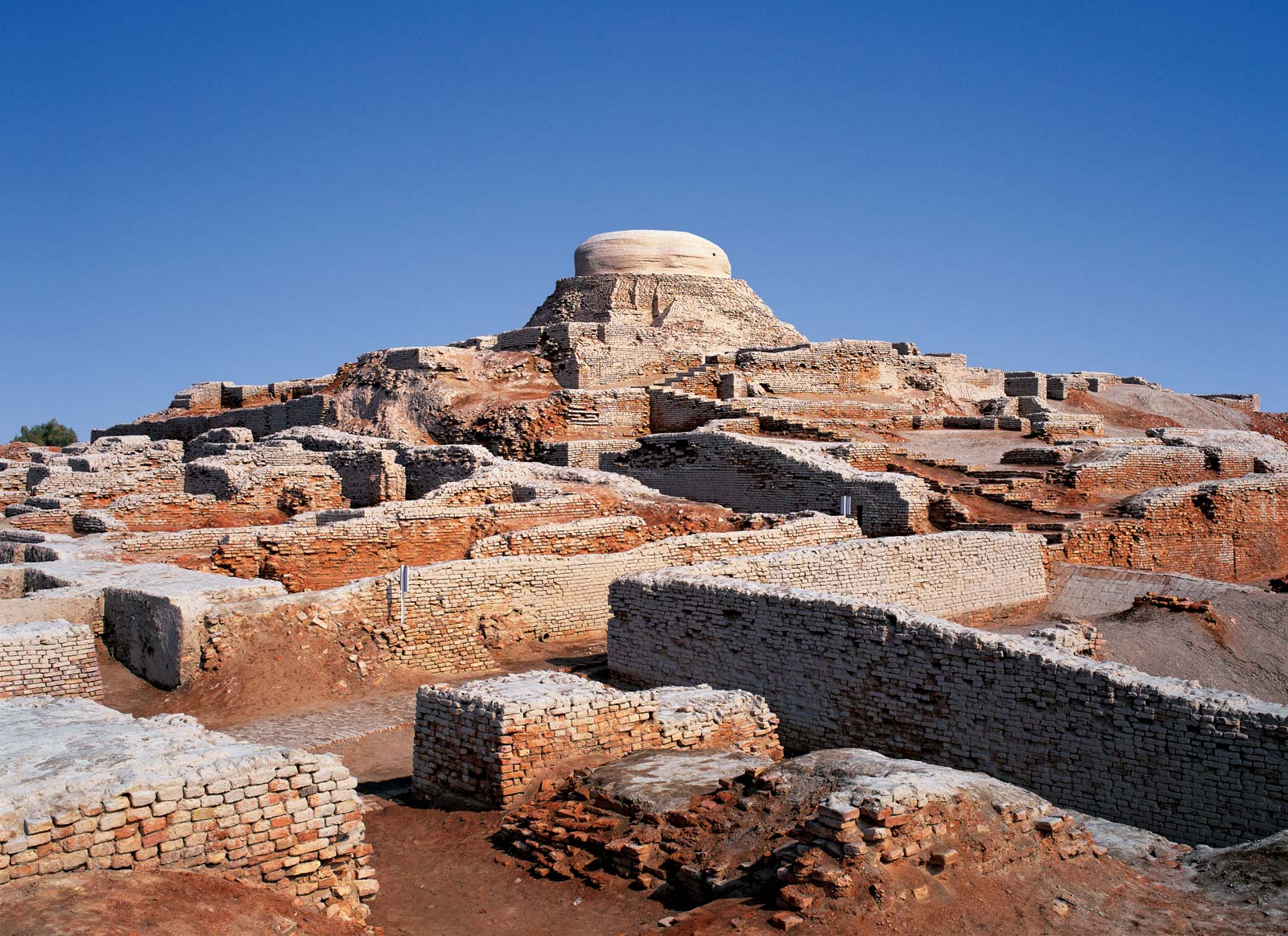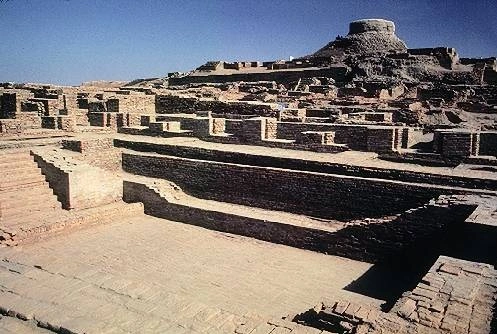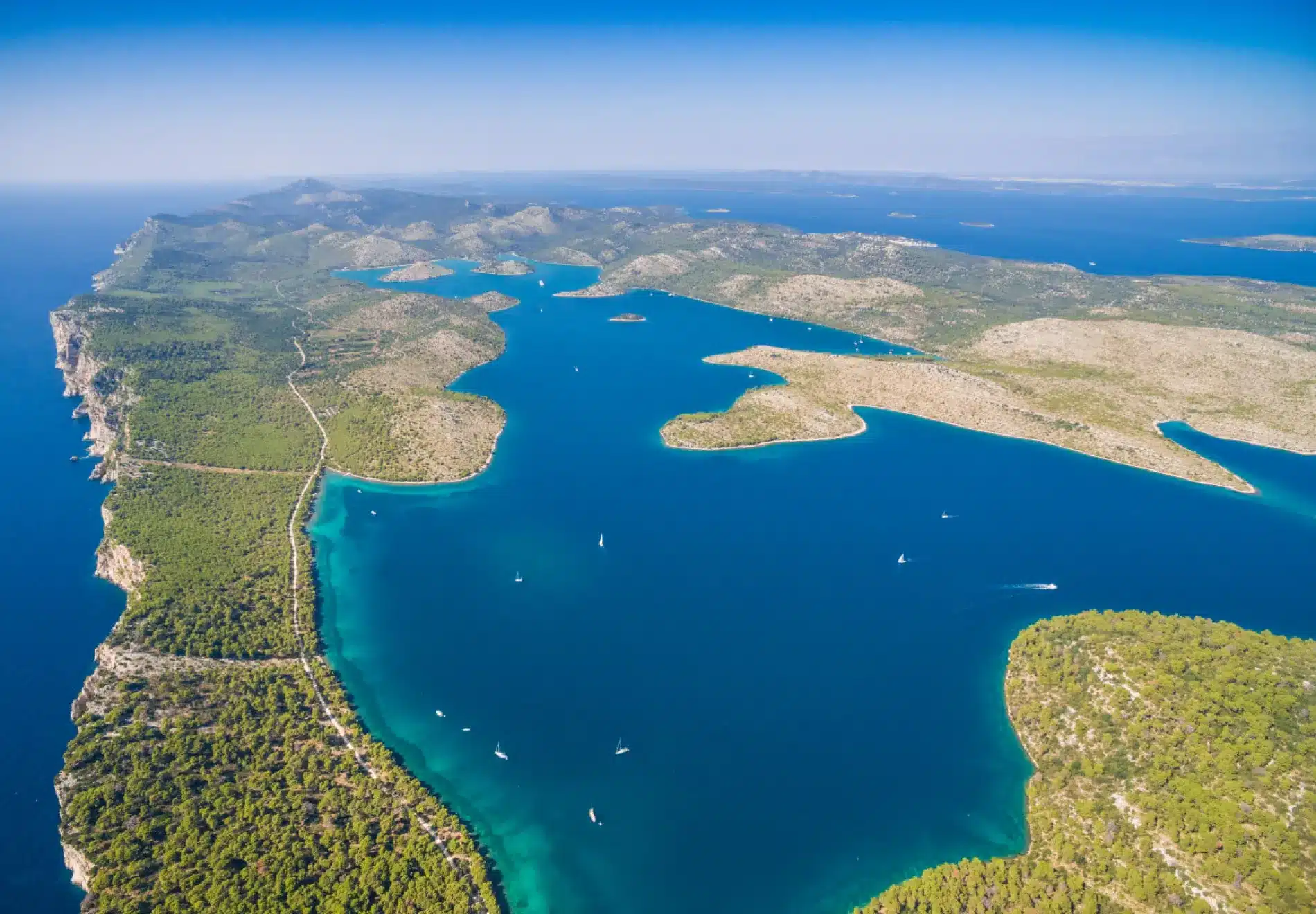Mohenjo-Daro, also spelled Mohenjodaro or Moenjodaro, group of mounds and ruins on the right bank of the Indus River, northern Sindh province, southern Pakistan.
Most people loved to explore and observe ancient places which reflect the past they are curious to learn about their past and understand its evolution. If you are crazy to be a part of this journey then you must make your presence to Mohenjo-Daro in Larkana Pakistan. It is such a wonderful place that enforce you to think about the ancient civilization, their lifestyle, their way of living, and much more. Isn’t it amazing to see the ancient world in this modern era? The city was reinforced thousands of years and was embedded in the earth due to floods. It is really an amazing job to see the ancient time and the city with your own naked eyes and also see the difference between that time and to modern era.

Well-proportioned albumen Brahmani Bull rendered in bas-relief engrosses the consideration of every onlooker to the large museum construction carried adroitly on a few pillars and walls. access to the area and the museum is by price venal from the leading access gate of the campus and at the reception counter at the museum. Antiquities un-earthed from several efficacies of Mohenjo-Daro is displayed on the primitive floor of the museum. Few reliefs of astir valuable objects, graphic illustrations maps on walls and curatorial faculty offices originate on the setting dump. A splendid compositional view of the city of Mohenjo-Daro with the river Indus on its backcloth worn on the wall of the primitive floor is flanked by Museum showcases.
Displayed in forty showcases of literature by innate light are the chronologically ordered antiquities from Mohenjo-Daro and sites ante-dating to it. Mohenjo-Daro, meaning “mass of the Dead hands” or “Moran’s mass) is an archaeological site in the state of Sindh, Pakistan. reinforced close to 2500 BCE, it was one of the largest settlements of the ancient Indus civilization or Harappan assimilation, with features such as exchangeable bricks, street grids, and covered sewage systems. It was one of the world’s originally major cities, contemporary with the civilizations of ancient Egypt, Mesopotamia, Minoan Crete, and Caral-Supe. Mohenjo-Daro was discarded in the 19th century BCE as the Indus valley culture declined, and the spot was not rediscovered until the 1920s. primary digging has since been conducted at the spot of the city, which was designated a UNESCO World inheritance Site in 1980. The place is presently threatened by corrosion and contaminated renovation.
The city’s novel name is unidentified. Based on his analysis of a Mohenjo-Daro blockade, Iravatham Mahadevan speculates that the city’s old name could hold been Kukkutarma “the city of the cockerel”. According to Mahadevan, an Indus blockade has “recorded in the Indus record the new Dravidian name of the city, cognate to Indo-Aryan Kukkutarma.” ]Cock-fighting may have had rite and spiritual interpretation for the city. Mohenjo-Daro may likewise have been a signal of ventilation for the clade of the domestic poulet constituted in Africa, western Asia, Europe, and the Americas. Mohenjo-Daro, the fresh assigned for the spot, has been taken as “Mound of the Dead hands” in Sindhi. Mohenjo-Daro is situated off the upright (westward) bank of the abase Indus river in Larkana territory, Sindh, Pakistan. It lies on a Pleistocene ridge in the overflow dumb of the Indus, approximately 28 kilometers (17 mi) from the town of Larkana.

Mohenjo-Daro was reinforced in the 26th century BCE. It was one of the largest cities of the feeble Indus Valley culture, also known as the Harappan refinement, which highly developed roughly 3,000 BCE from the prehistorical Indus assimilation. . Mohenjo-Daro was the astir sophisticated city of its time, with unusually advanced conversion technology and urban preparation. When the Indus refinement went into abrupt abatement around 1900 BCE, Mohenjo-Daro was emitted.
The ruins of the city remained undocumented for around 3,700 years. afterward, in 1965 excavations were prohibited due to weathering injuries to the uncovered structures, and the lonely projects allowed at the spot since have been acquired excavations, coat surveys, and preservation projects. In the 1980s, A dry center drilling conducted in 2015 by Pakistan’s intimate Fund for Mohenjo-Daro revealed that the spot is bigger than the unearthed space. Mohenjo-Daro has a deliberate array of rectilinear buildings ordered on a grid conception. Most were reinforced with fired and mortared brick; close to integrating sun-dried mud-brick and wooden superstructures. numerous objects constitute in digging bear sitting and standing figures, copper and stone tools, carven seals, balance scales and weights, gold and jasper jewelry, and children’s toys.
Many bronze and copper pieces, such as figurines and bowls, have been healed from the spot, demonstrating that the inhabitants of Mohenjo-Daro understood how to consume the discarded wax proficiency.
The conservation deed for Mohenjo-Daro has suspended in December 1996 later financing from the Pakistani administration and external organizations stopped. The site preservation deed resumed in April 1997, and exploitation finances were made usable by UNESCO. The 20-year financing idea provided $10 million to protect the spot and standing structures from flooding. presently the spot is threatened by groundwater brininess and contaminated renovation. Many walls possess already collapsed, while others are crumbling from the ground up.
If you are crazy to explore such an amazing and incredible spot then you are welcome here at Mohenjo-Daro, If you are fond of history and ancient civilization then this area is truly amazing for you to explore and travel.
Also read https://sworld.blog/attabad-lake-gojal-hunza-pakistan/



